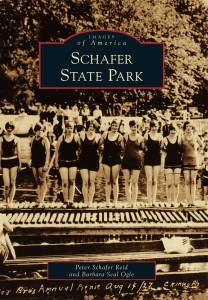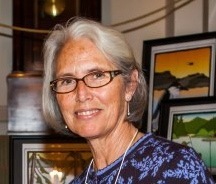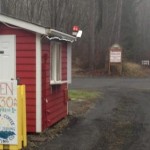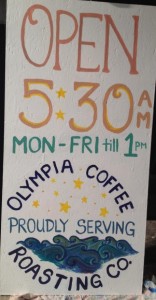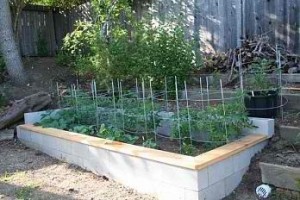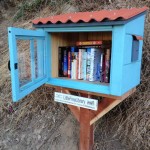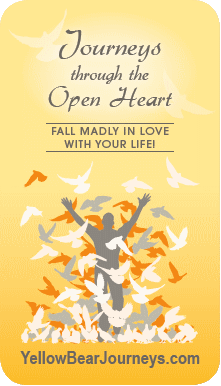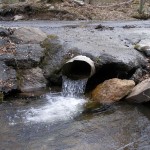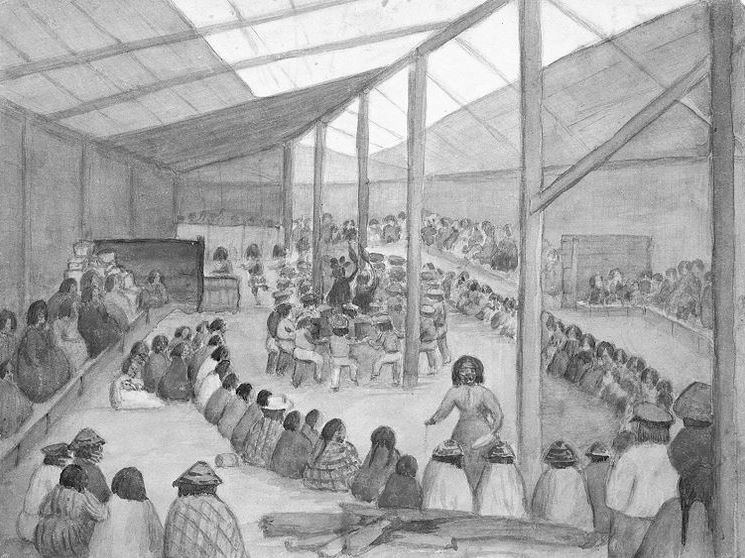 Countless Potlatch gatherings were held for millennia by the Native Peoples of the coastal Northwest. The Paddle to Squaxin 2012 was the most recent Potlatch held on south Puget Sound.
Countless Potlatch gatherings were held for millennia by the Native Peoples of the coastal Northwest. The Paddle to Squaxin 2012 was the most recent Potlatch held on south Puget Sound.
Historical Potlatches
A Potlatch is an important gathering or festival of Native Peoples celebrating a major event of the host. Guests from far and near attended a Potlatch. Feasts were held, music performed, dances were performed, stories were told, and spiritual ceremonies were conducted, but most importantly, the hosts gave away most of their wealth to the honored guests.
The term “Potlatch” is a Coastal Salish Lushootseed word meaning “throw through the air” or “throw at”, relating to the practice of hosts giving gifts away at the Potlatch to visitors. This term is also part of the Chinook trade jargon, a language used by Native Peoples from Oregon to Alaska. Much of this jargon came from the language of the Chinook Tribe that lived at the mouth of the Columbia River. Other words came from languages of other Native Peoples, English and French.
Normally, a high-status person hosted a Potlatch. However, Potlatches were also held celebrating major events of the host family, such as the marriage of children, the erection of a house, a funeral, or the birth of a child. The entire village assisted in preparations for a Potlatch. Traditionally, the most important Potlatches were held during the winter, after food had been harvested and preserved.
A Potlatch could be held in a Potlatch House, erected in most larger villages, or in the host family’s long house. Both types of houses were constructed of cedar planks and were often quite large. The largest Potlatch House built by the Snohomish Tribe at Tulalip was 150 feet long and 43 feet wide. Most other Potlatch Houses were smaller. At least one traditional Potlatch house was located on Eld Inlet, and presumably all other inlets of Puget Sound.
The essential Potlatch practice of hosts giving away most of their wealth offended white settlers. Accordingly, white authorities attempted to ban Potlatches as part of their efforts to drive traditional practices from Native Peoples and “civilize” them into the ways of the white man. However, the Potlatch tradition continued.
Southern Puget Sound Native Peoples
In south Puget Sound, separate bands of closely related Native Peoples lived along the shores of each major inlet. The Clam Legend of the Puget Sound Native Peoples teaches that very long ago, the Raven stuck people into clamshells and dropped them all around Puget Sound. This started the various small bands of Native Peoples up and down Puget Sound.
A winter village was constructed at the closed or protected end of the inlet. Each winter village contained from one to three long houses of roughly 100 feet in length. The winter village of the T’Peeksin peoples of Totten Inlet was located at the southern end of the Inlet on Oyster Bay where Schneider Creek enters the bay. The winter village of the Squi-Aitl band of Eld Inlet was located at the southern end of the Inlet on Mud Bay, south of today’s Highway 101. This winter village had three long houses, each housing about 100 people.
Members of the band congregated in their winter villages during the cold months. This is where children learned much of their traditional stories and culture. During warmer months, members of the village moved out along both sides of the inlet, living in family units in temporary housing, and harvested food.
The Squaxin Island Tribe was created by administrative fiat of Isaac I. Stevens, the first Governor of Washington Territory, as part of the Medicine Creek Treaty in 1854. Seven bands of southern Puget Sound, including the T’Peeksin and Squi-Aitl, were combined into the Tribe.
Squaxin peoples continued holding Potlatches after contact with whites. This includes Potlatches held along both shores of Steamboat Island peninsula.
Tobin Potlatches
At least two major Potlatches were hosted by the James Tobin family along the north shore of Young Cove, off of Eld Inlet, on the Steamboat Island peninsula. James and Louisa Tobin were very prominent residents of this area who owned most of the land north Young Cove, as well as oyster lands stretching from the mouth of Young Cove, around Flapjack Point, and past Frye Cove county park. Mrs. Tobin was the only surviving child of Sitkum Kettle or Kettle Labatim, one of the last chiefs of the Squaxin Island Tribe.
The Tobins hosted a Potlatch in 1900 celebrating the marriage of their daughter Katie Tobin to Edward J. Smith. Smith was the son of the last chief of the Chahalis Tribe. The Potlatch celebration of the wedding lasted three days. It is estimated that as many as 300 Indians attended the affair. The Morning Olympian reported that attendees included “many Indians of Puget Sound, some of them famous chiefs in pioneer days, whose names and deeds were in those time [sic.], household words. There were representatives from the Squaxin, Nisqually, Chahalis, Neah Bay, Puyallup, Skokomish, Oyster Bay and Mud Bay. Many whites also attended the multi-day affair.” The bride’s grandfather Chief Kettle was in attendance, but would not allow his photo to be taken. Most guests arrived by canoe.
The Tobins fed all of the guests. Food was served in a 35 foot long shed behind the Tobin house and under nearby fruit trees. The Tobin house was located just north or across the street from the modern-day boat launch on Gravelly Beach Loop. The fare included beef, bread, potatoes, oysters, clams, and side dishes. A dancing pavilion was erected near the house. The guests camped along the shoreline, which was the north side of Young Cove. The Potlatch continued for three days. The Morning Olympian reported that “it is most unusual now days to see so many Indian celebrities gathering at one place, and the wedding will have a resting place in the minds of the Olympia visitors who attended.” It referred to wedding as “great doings of a society nature”.
The Tobins hosted another Potlatch on their property in 1910, celebrating the double wedding of two sets of brothers and sisters – Angeline Tobin married Steve Frederick and Benjamin Franklin Tobin married Jessie Frederick. The Frederick brother and sister were the children of Joe and Mamie Frederick, prominent members of the Puyallup Tribe. Joe Frederick was know as one of the most prosperous Native Americans on Puget Sound. Again, more than 300 Native American guests attended the wedding which lasted for several days. Dinners were eaten on tables set out in the Tobin orchard. Again, most guests arrived by canoe.
Paddle to Squaxin 2012
The most recent Potlatch on south Puget Sound was the Paddle to Squaxin 2012, held this summer. Native Americans paddled almost 100 canoes into Olympia, arriving on the afternoon of Sunday, July 29, 2012. Canoes held members of many different Pacific coast and inland water tribes celebrating this year’s Native Canoe Journey for 2012. The Squaxin Island Tribe hosted this year’s event. Some paddlers paddled for weeks traveling many hundreds of miles from as far as the Queen Charlotte Islands and Bella Bella.
Elaborate landing ceremonies for the canoes were held at North Point, the northern end of the Port of Olympia’s facilities. Prior to landing, the crew of on each canoe, or group of canoes, raised their paddles into the air as a sign of friendship and requested permission to land. Members of the Squaxin Island responded and invited the paddlers ashore. Thousands of Native Peoples, and other people, viewed the landing, including Governor Chris Gregoire and Olympia Mayor Steve Buxbaum.
Canoes landed continuously from 1 PM until 6 PM. Crews of from 7 to 15 paddlers were aboard each canoe. Most canoes were cedar, dug out canoes. Many were 40 feet long. Canoes traveling the furthest landed first. Canoes from the Quinault Tribe, that will host the annual event in 2013, landed second to the last. Canoes from the Squaxin Island Tribe, representing this year’s host tribe, landed last.
The festivities continued through the week on Squaxin properties at Kamilche. Members of each participating tribe danced and sang their songs. The order was similar to the order of canoes landing – tribes from the furthest away performed first, with Quinaults, next year’s host performing second to the last, and the host Squaxin Tribe performing last. Great emphasis was made to instill pride, mixed with being humble, and emphasizing native languages and staying sober. Tribal youth were a real focus of the event. Elders were celebrated, including William Peters, a World War II veteran and one of the most venerated Squaxin Elders.
Guests at Kamilche were greeted by two huge tents, both about 100 yards long. The intricate ceremonies were performed in one tent, with bleachers along the sides. Food and beverages were severed at no charge in the second tent for all attendees, Native American or otherwise. It was a real treat to observe these ceremonies and partake in the friendship at Kamilche. A strong spirit of friendship and hospitality was evident.
Native Canoe Journeys are modern Potlatches where Native Peoples tell stories, dance, sing, and celebrate. The Squaxin Island Tribe presented gifts to the paddlers, reminiscent of Potlatches from many years ago.
— STEVE LUNDIN
Copyright 2012 by Steve Lundin
Steve Lundin is a long-time resident of the Griffin community located in northwest Thurston County. He received a B.A. degree from the University of Washington and a J.D. degree from the University of Washington Law School and retired as a senior counsel for the Washington State House of Representatives after nearly 30 years.
He is recognized as the local historian of the Griffin area and has written a number of articles on local history and a book entitled Griffin Area Schools, available from the Griffin Neighborhood Association at a cost of $10.
Click here to read more of Steve’s articles on the local history of the Griffin area.
Television, two-career families, suburban sprawl, generational changes in values–these and other changes in American society have meant that fewer and fewer of us find that the League of Women Voters, or the United Way, or the Shriners, or the monthly bridge club, or even a Sunday picnic with friends fits the way we have come to live. Our growing social-capital deficit threatens educational performance, safe neighborhoods, equitable tax collection, democratic responsiveness, everyday honesty, and even our health and happiness.



